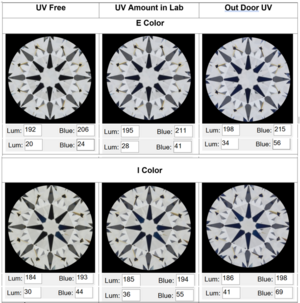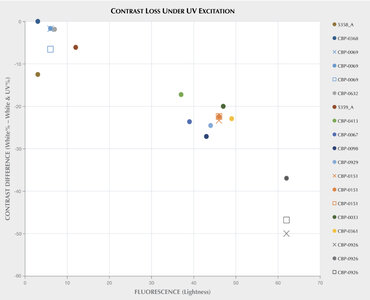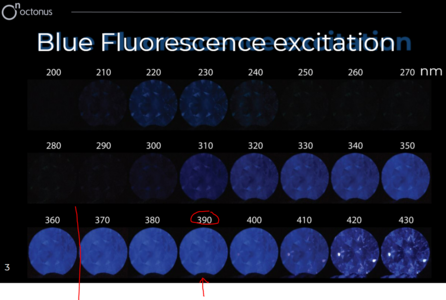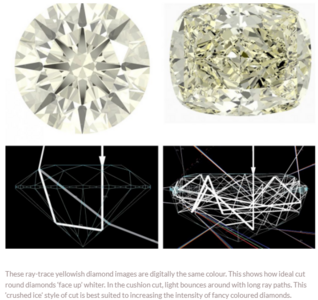- Joined
- Jul 27, 2009
- Messages
- 4,097
First let me say, I LOVE GIA. I have from the day I took my first lab and met my instructors so many years ago. (A small piece of trivia - one of them was John Yantzer, brother to Peter of AGS lab fame and to Phil, Director of the GIA lab.) Wonderful folks!
But the cynic in me can't help thinking that the 1997 Fluoro article by GIA was percipitated by a need among diamond manufacturers ( a huge global constituency of the GIA) to sell their slow moving fluoro goods.
This article is more scientific and objective and less of a basic survey with a lot of inherent potential for bias. And it leverages new technologies. While I have not yet decided whether this article helps the fluoro cause or hurts it, it is also aimed at justifying the major change that was made at the lab in terms of the color grading environment. I am not saying they are wrong. But if the goal is to demonstrate fluoro as a benefit in this research, they may have won the battle but lost the war.
If they actually do apply the new transparency model by including a transparency metric on future GIA reports as they tease in the article (and which I wholeheartedly believe they should do since consumer protection is their stated mission), they may succeed in putting to rest many concerns about haziness as a result of fluorescence, but open Pandora's Box regarding a whole lot of mainstream diamonds with transparency deficits!
But the cynic in me can't help thinking that the 1997 Fluoro article by GIA was percipitated by a need among diamond manufacturers ( a huge global constituency of the GIA) to sell their slow moving fluoro goods.
This article is more scientific and objective and less of a basic survey with a lot of inherent potential for bias. And it leverages new technologies. While I have not yet decided whether this article helps the fluoro cause or hurts it, it is also aimed at justifying the major change that was made at the lab in terms of the color grading environment. I am not saying they are wrong. But if the goal is to demonstrate fluoro as a benefit in this research, they may have won the battle but lost the war.
If they actually do apply the new transparency model by including a transparency metric on future GIA reports as they tease in the article (and which I wholeheartedly believe they should do since consumer protection is their stated mission), they may succeed in putting to rest many concerns about haziness as a result of fluorescence, but open Pandora's Box regarding a whole lot of mainstream diamonds with transparency deficits!








300x240.png)